Maestir School
40
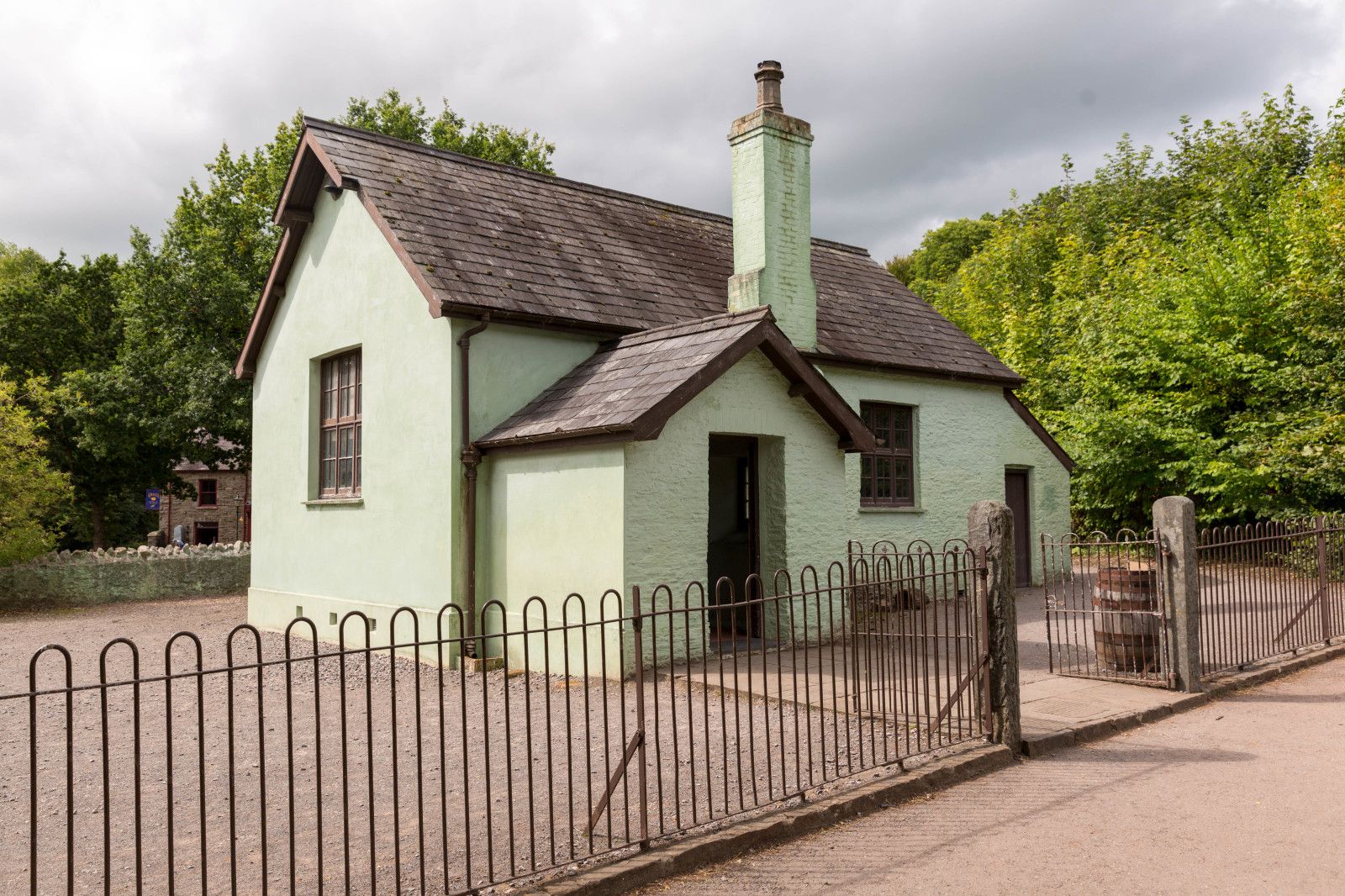
What sort of building is this?
This is a Victorian school which is very different to the schools that we have in the 21st century. It was originally situated in the countryside near Lampeter, Cardiganshire and was built in 1880.
The school is built of shale stone from the local quarries and its roof is made of slates from North Wales. At the entrance is a lobby where the children lined up to enter the one and only classroom. This has high windows so the children could only see the sky when they were sitting at their desks! It also has a side porch.
Who were the children who attended Maestir School?
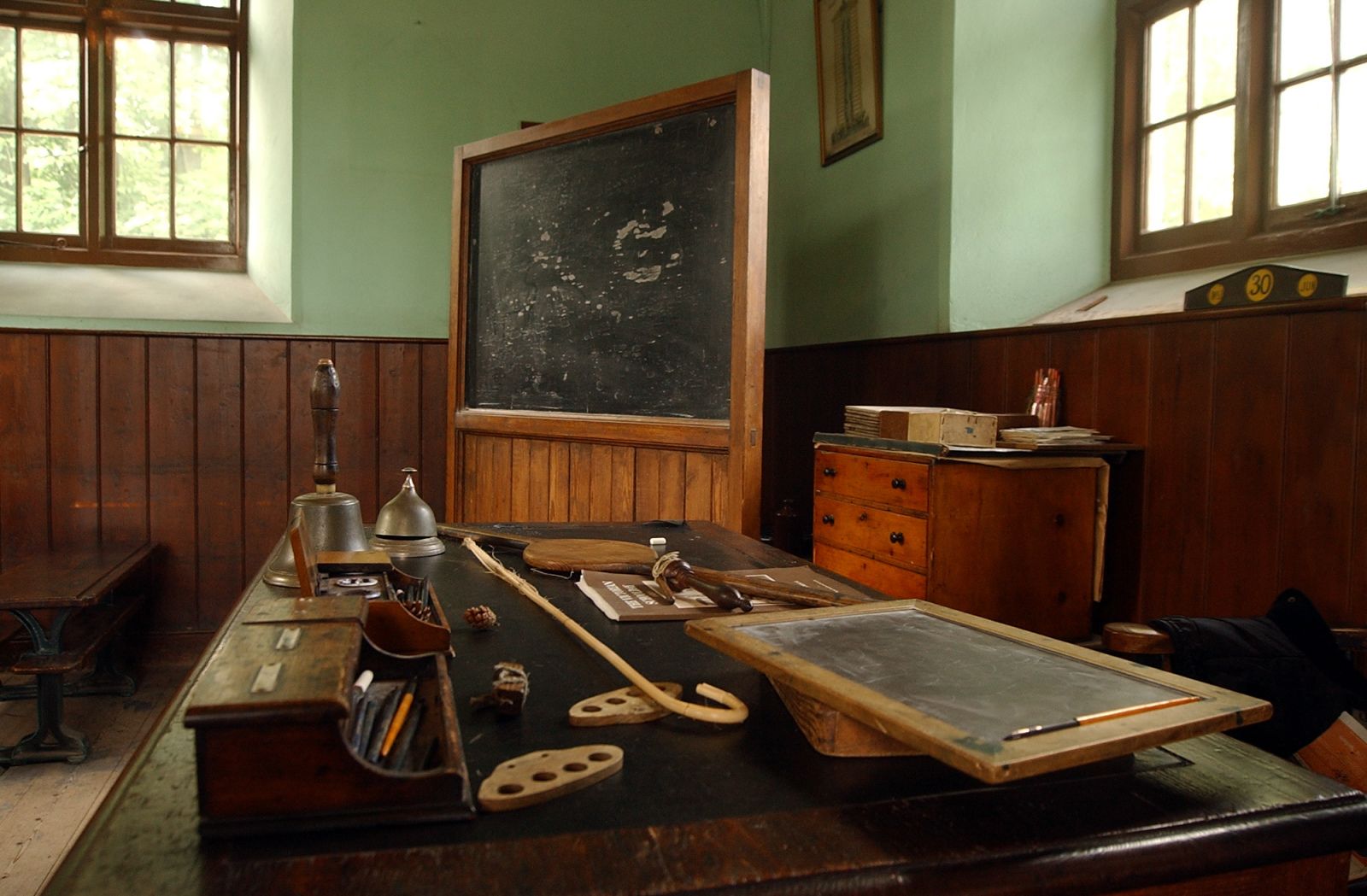
The school was built by Sir Charles Harford for the children of the farmworkers on the Falcondale Estate to provide them with a basic education.
There were less than 40 children in the school and their ages ranged from 5 – 14 years. Their headteacher was Miss Rachel Ann Thomas and she worked there from 1894 – 1905.
Miss Thomas was assisted by the ‘pupil teacher’ who was usually one of the older girls who herself wanted to be a teacher.
Here is Miss Thomas pictured with the children in 1895.
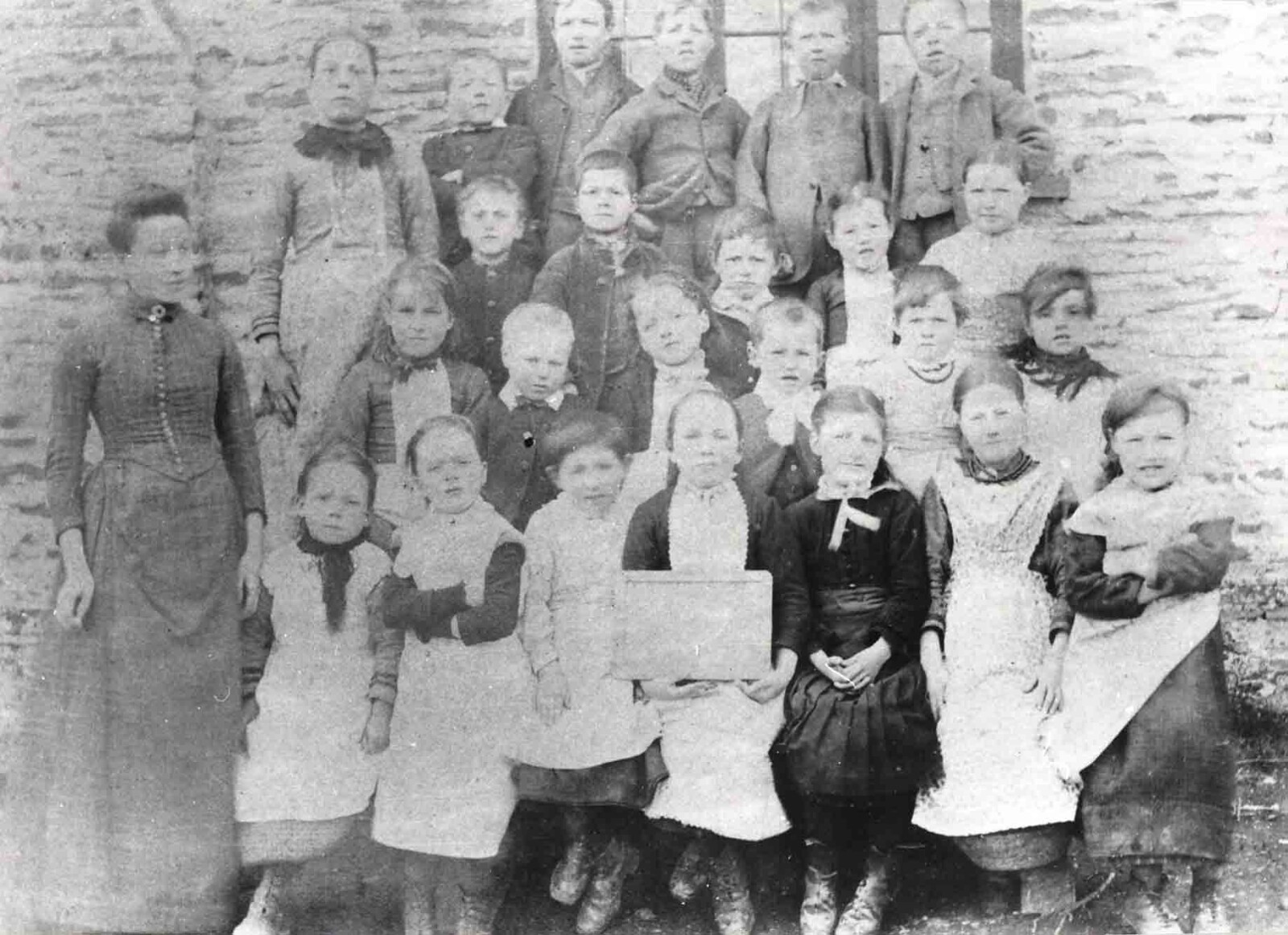
The children’s school day in Maestir
Queen Victoria was reigning at the time so the children were made to learn about the British Empire. The children were taught the three ‘r’s – reading, writing and arithmetic, and they learned by rote learning i.e. repeating facts and tables to memorize them.
Left-handed children were made to wear a finger trap to force them to write with their right hand as being left-handed was thought to be the sign of the Devil.
They wrote using ink pens and pots. Miss Thomas would use the ‘reading clicker’ to point and click once at children if she chose them to read. If they made a mistake, she would ‘click’ it twice to make them repeat the word, before making the child stop reading with one click and moving onto the next child.
The girls were taught needlework and the boys had art lessons. Drill and exercise for all the children took place in the front yard outside the school while girls and boys had separate playgrounds at the back.
What was the Welsh Not and how was it used in Maestir School?
The Welsh Not was a small piece of wood with the letters WN carved on it. A piece of string was attached to both sides so it could be worn around a child’s neck.
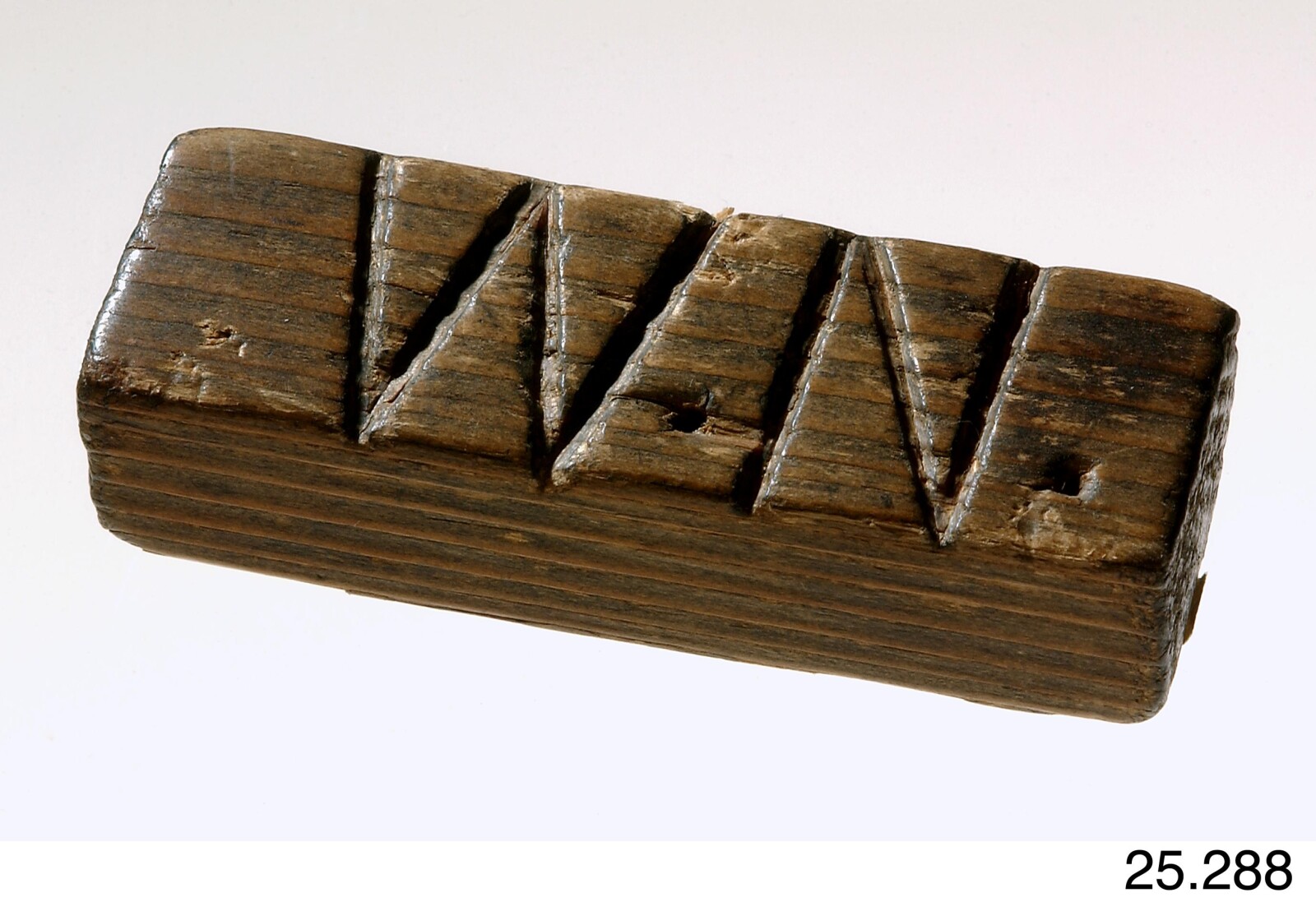
Welsh was the first language of the children and yet their lessons were in English because ‘it was the language of education’. Any child caught speaking Welsh was made to wear the ‘Welsh Not’. Children were encouraged to tell on those who were speaking Welsh. The child who wore the Welsh Not at the end of the day was punished by being caned. They were also punished if they were dirty, slouched over their desks or late for school.
What was the standard of education like in Maestir School?
School inspectors often complained about the quality of teaching in Maestir School. It was regarded as a ‘sink school’. Attendance was poor as the children often had to stay at home and help their parents with the harvest. To encourage children to come to school regularly they were given attendance cards.
In the presence of an inspector, children were told beforehand that if they knew the answer to a question, they were to put up their right hand, if they didn’t know or weren’t sure of an answer to put up their left hand.
Due to fewer children attending, Maestir School was finally closed in 1916 and brought to St. Fagans Museum where it opened in 1984.
Did you know?
The children’s families were quite poor so often they wore ‘hand-me-downs’ belonging to their older siblings, in the case of the boys, caps, scarfs and waistcoats. The girls wore pinafores or aprons over their everyday clothes to keep them clean. The word ‘brat’ can also be used to refer to an apron. If a girl got her apron dirty, she had a spoilt brat, which is a term still used today to refer to a child who gets everything they want!
Have you ever admitted you can’t dance and that you have ‘two left feet’? Do you know why? In Victorian times people believed that Lucifer (the Devil), the most beautiful of the angels, sat at God’s left hand before unsuccessfully challenging God and being cast out of heaven. So being left -handed was thought to a sign of evil. The Welsh word for awkward is lletchwyth which literally means ‘from the left’. Today we believe that left-handed people are inclined to be artistic and creative. What a change in thought! But if you look at cartoons today, the villain is always on the left-hand side of the screen.
The six weeks holiday which schools still have today goes back to the time when children did not attend school as they had to help their parents on their farms.
Today, the Learning Department in the Museum organizes Victorian style lessons so primary school children can learn what it was like to be in school at that time.
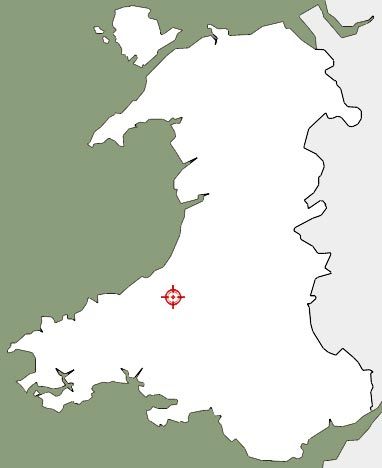
Building facts:
- Original Location: Maestir, Lampeter, Ceredigion (Cardiganshire)
- Date originally built: 1880
- Furnished: 1890s
- Dismantled and moved to St Fagans: 1981
- Date opened to the public: 1984
- Visiting information